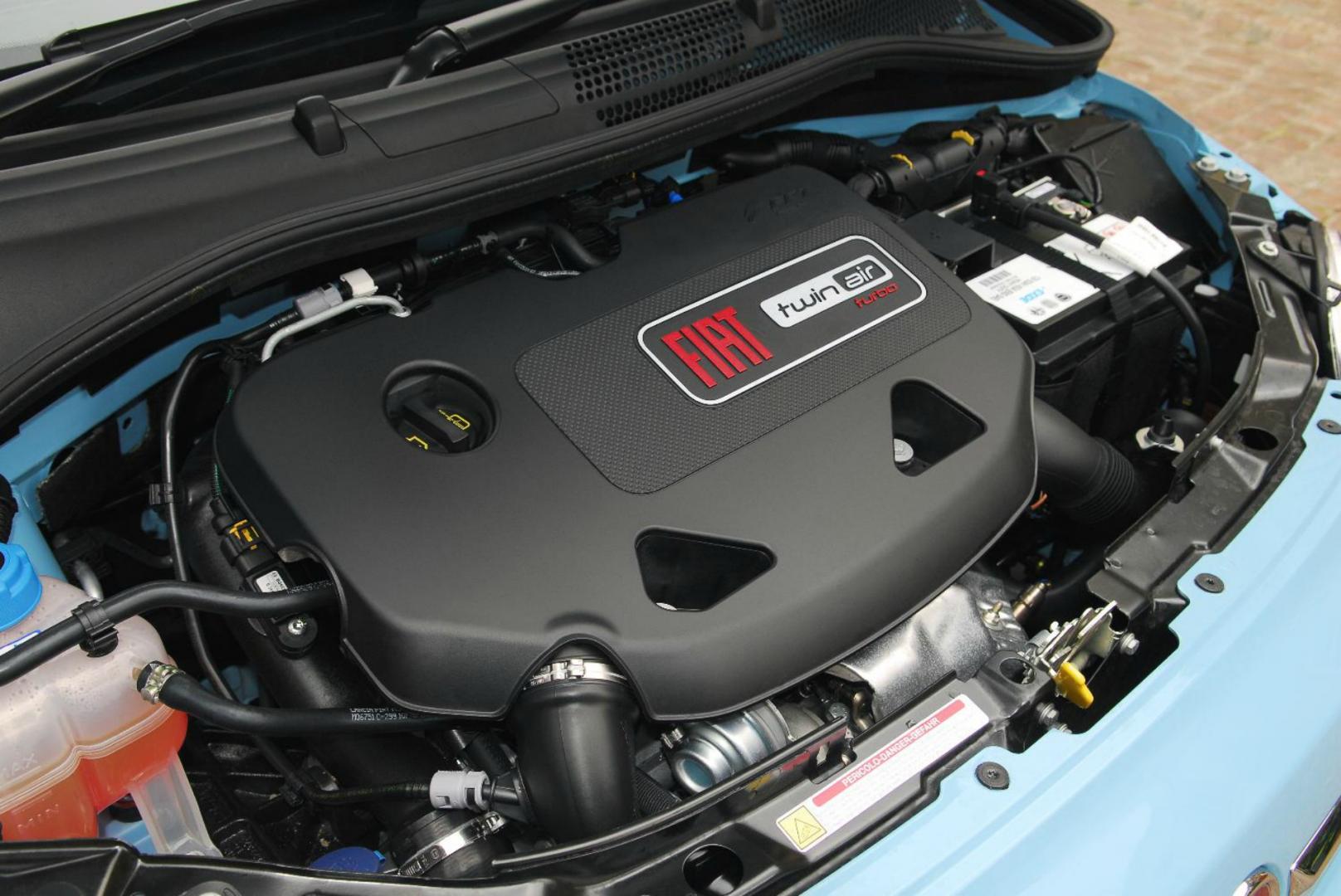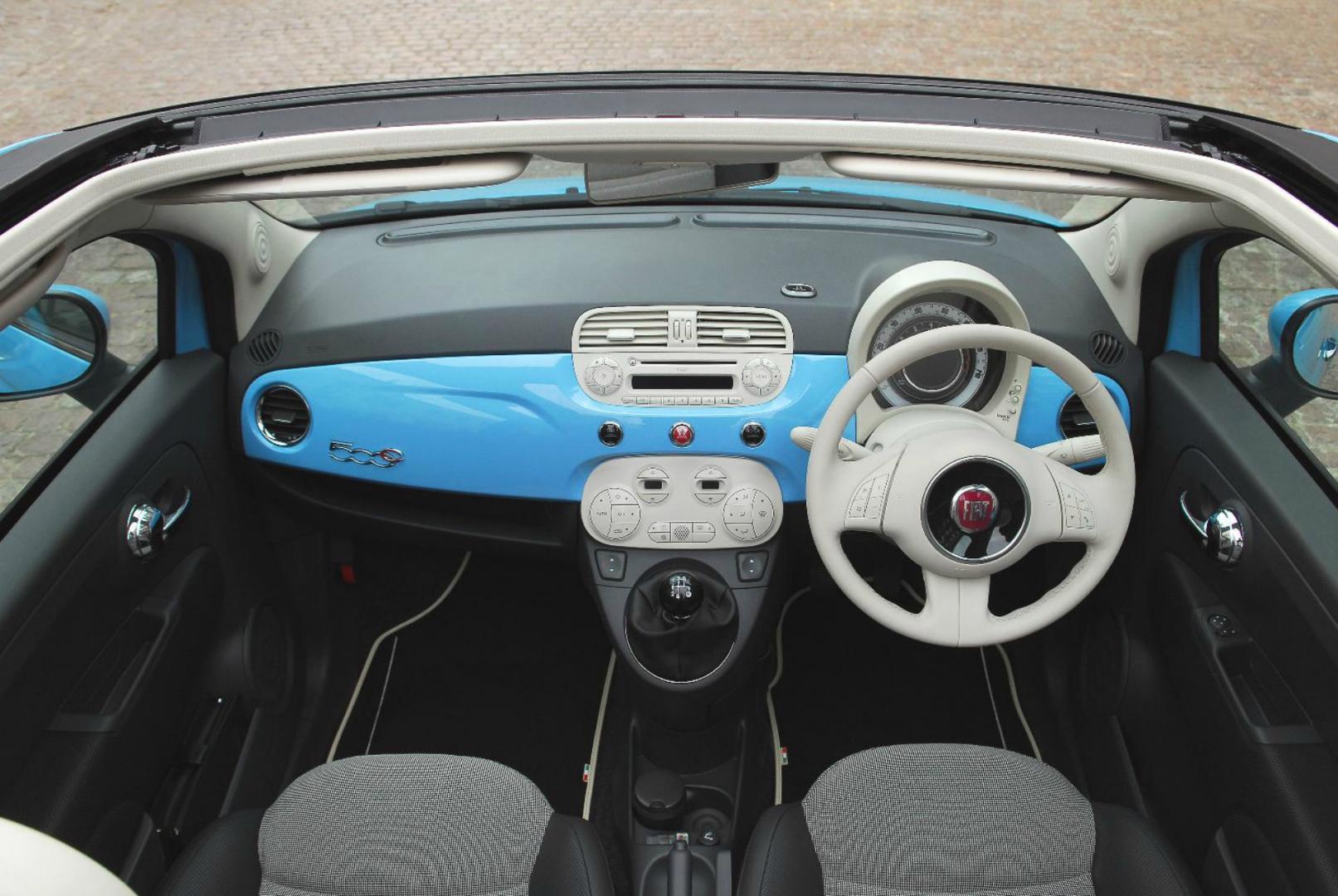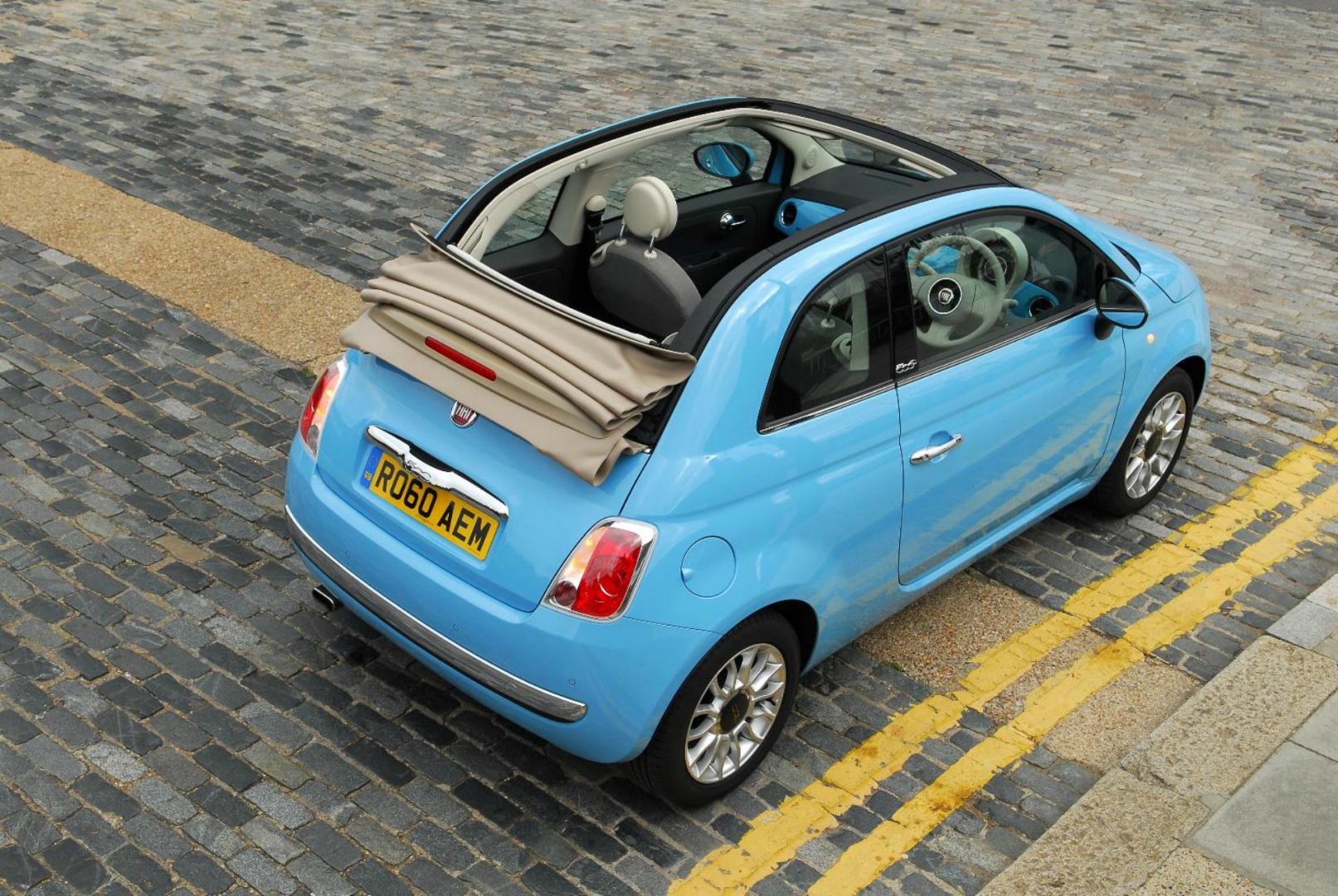Dating back to the very first vehicle that Fiat produced, the humble 2 – cylinder 3.5hp Fiat Corso Dante 35, the Italian car brand has been very successful in years since their very first debut. When the Fiat 500 arrived, it joined the ranks of the retro throwback models like the well-known Volkswagen Beetle and the much-loved Mini Hatchback.
 The engine
The engineAs an average for the entry-level 1.2 litres, it takes 13.2 seconds for the model to go from 0-60, although even though the top speed is 99mph, the car can achieve over 80mph in just the third of its five gears. With the two-cylinder, 875cc TwinAir engine, this isn’t a model to be messed with as what it lacks in power - 84bhp arrives at 5500rpm, torque peaks at 106lb ft at 1900rpm - it makes up for with character. But if you want a tad more power to go with this peppy character then there is the range-topping 103bhp version of the TwinAir unit.
The efficiency
With all 500C’s engines putting out low CO2, this makes it a very efficient car to run.
With all 500C’s engines putting out low CO2, this makes it a very efficient car to run.
 Interior and style
Interior and styleWith its retro looks, this makes the Fiat 500C an icon for sure. A swage of body-coloured plastic sweeps across the centre of the dash, bordered by Bakelite-style switch panels for the ventilation and stereo controls.
Fabrics and colours could all be from the 1950s, but the quality of the construction is not. The fit and finish in the model are of a very high standard, although some switches lack the bespoke feel of, for instance, a Mini’s.
The dashboard system is quite simplistic, therefore it’s easy to use with its rotary switches for air – con, and you get audio controls on the steering wheel as standard across the range. However, it does come at a cost to get the 5.0in colour touchscreen on all but top-spec Lounge trim, but also available with a 7.0in touchscreen as an upgrade.
 With the range-topping Lounge model, this is by far the luxurious out of them all, due to it including parking sensors, front fog lights, a 5.0in touchscreen display, DAB radio and Bluetooth.
With the range-topping Lounge model, this is by far the luxurious out of them all, due to it including parking sensors, front fog lights, a 5.0in touchscreen display, DAB radio and Bluetooth.There is definitely no shortage of space in the front, but the 500’s design gave engineers a bigger challenge in making room for rear passengers. The 1957 car's roof curved towards the rear to intentionally reduce space behind the front seats, to help differentiate it from the four-seat 600. Yet today's car, which is only 3.5 metres long, was designed as a full four-seater from the off, so you sit low in the 500's back pair of chairs, on thin but dense padding, and headroom is still tight. That said, legroom is surprisingly good for a car this short and it's certainly more accommodating than some rivals. Beneath a very small parcel shelf, there is a 185-litre boot.
The warranty
As a standard for Fiat, it is either a three year or 60,000-mile warranty.
Servicing and costs
The insurance and servicing costs are relatively low, due to how basic the equipment.
We feel this is great for a first-time driver, due to how cheap it is to run and maintain, however not suited to someone who’s looking for a car to travel with for long journeys.
For more CarCliq reviews click here
As a standard for Fiat, it is either a three year or 60,000-mile warranty.
Servicing and costs
The insurance and servicing costs are relatively low, due to how basic the equipment.
We feel this is great for a first-time driver, due to how cheap it is to run and maintain, however not suited to someone who’s looking for a car to travel with for long journeys.
For more CarCliq reviews click here
Looking for a used Fiat 500C? Click here